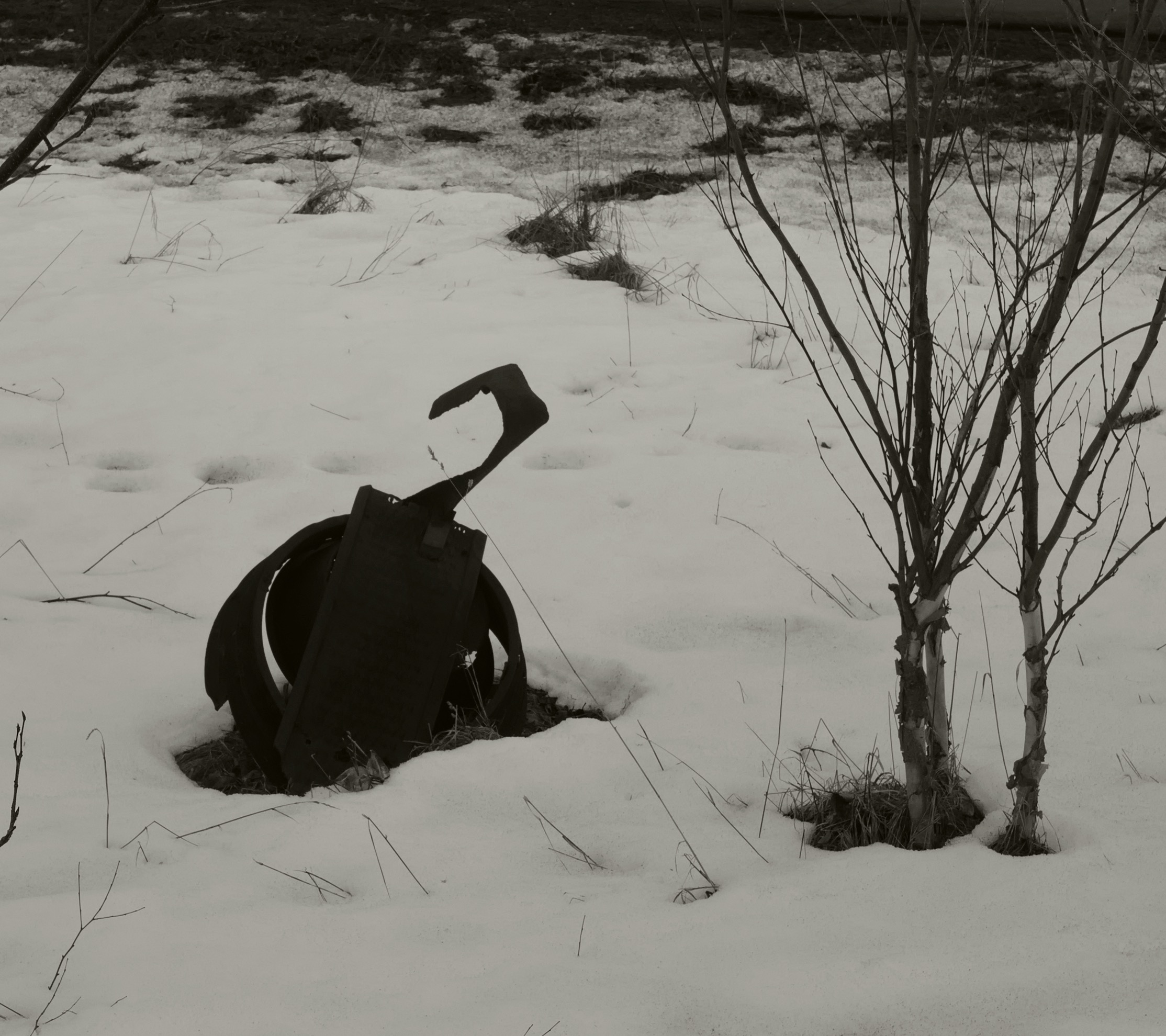Ed Gulley’s Goose was my favorite of the many beautiful things he made. Ed was a lifelong farmer who wanted to make art with used farm utensils; he teamed up with Maria to make and sell some beautiful things. Ed became my closest friend for several years until he was diagnosed with an inoperable brain tumor.
He thanked the doctor and went home to die well and never saw another physician or had any treatment, surgery, or chemotherapy. He told me he wanted to die well and not be cut into pieces. He never blinked or looked back. Death was his, he said, and he wanted to do it his way. He had three barns full of old farm junk and machines.
That was the foundation of his art; the Goose was made of old tractor parts.
Ed died months later at home, still making art, bitching about milk prices, and loving his dogs and peacocks.
Farmers are clannish; they tend to stick to their community when there is trouble, which there is often. I sat by his bed and talked daily for as long as he could. I brought him art supplies and groceries for his wife, Carol.
But Ed asked me to come and visit the work every day if I could, and I did until the very end, when he no longer knew me or was conscious. After he died, the family closed ranks as farm families do, and I rarely, if ever, hear from them. Ed wanted me to have this good, and I put it on the lawn in front of the house.
Farmers take care of each other. There wasn’t a day when someone didn’t pull into the driveway with dinner.
I say hello to the Goose every day. I miss Ed, he cared about me, and I cared about him. We could say anything to one another, and he did.
He was always there when I needed him. We loved helping him sell and show his art. The world lost some beautiful work when he died; he was just getting started in his life as an artist, his second career.
He could have made it all the way; he was that gifted.
Maria was his counselor and art teacher; he loved and listened to her.
Ed was never big on the long-range details of his art; the Goose has no firm way of standing. One of the recent storms blew it over, and I can’t get it upright until the ground thaws. But I will as soon as I can.
I don’t know where Ed is now, if anywhere, but if he is in heaven, he gives the angels an earful about how politicians and economists have screwed up milk pricing. I know it by heart.
It looks a bit lonely to me this time of year, but Ed always acceaccepts nature, and life’s quirks had an ego the size of Mount Rushmore; he was pleased to have his Goose on my lawn. I am thrilled to have it. Love you, Ed, and I will keep an eye on your goose.


Thank you for this post. The first time we met you was at one of your open houses at the farm and the first thing you did was to introduce us to Ed. He was gracious and cheerful as he talked about his scarecrow and other projects. Ed was certainly one of those “Salt of the earth” kind of people. Thank you for triggering those memories today.
Chuck, Mary, and John
Jon, I still can’t get over Ed’s passing – his enormous talent was so evident and when he could no longer stand i remember the beautiful watercolors he did – you and Maria brought him the materials. Also, can’t get over the horse man (how could he do that to the horses?) that committed suicide – you wrote about them so beautifully that it still affects me many miles away.
I miss hearing about Ed , his huge personality, your friendship. I think about Carol and wonder how she is doing and if she was able to hold onto the farm. It’s amazing how attached you can get to a person you have never met. I credit your wonderful writing for bringing Ed to life.
Thanks, Melinda Caro is well and has moved in with a daughter. The farm is still in their hands I believe. I am not in touch with her or the family so I won’t and shouldn’t be offering details about her life.